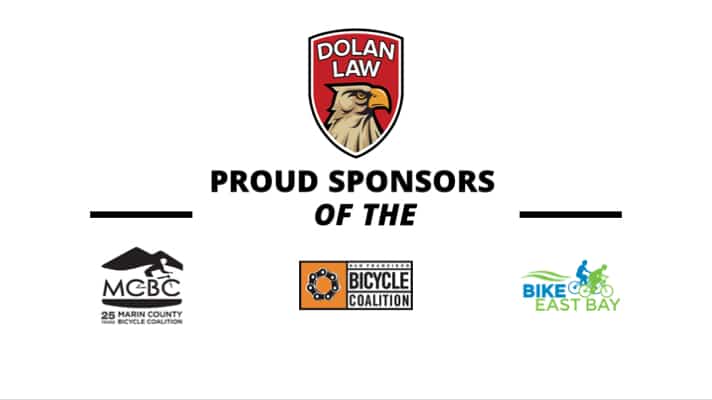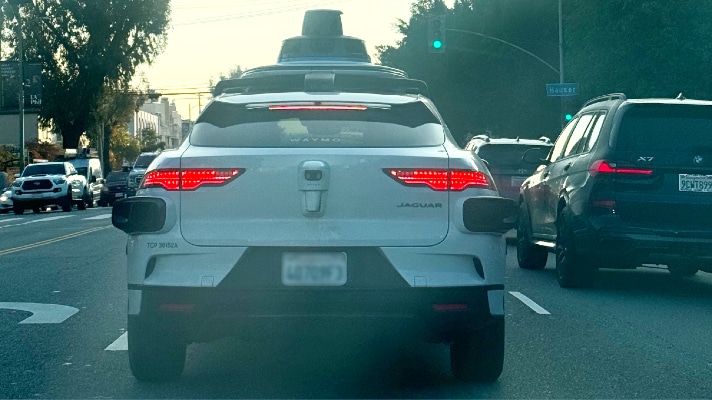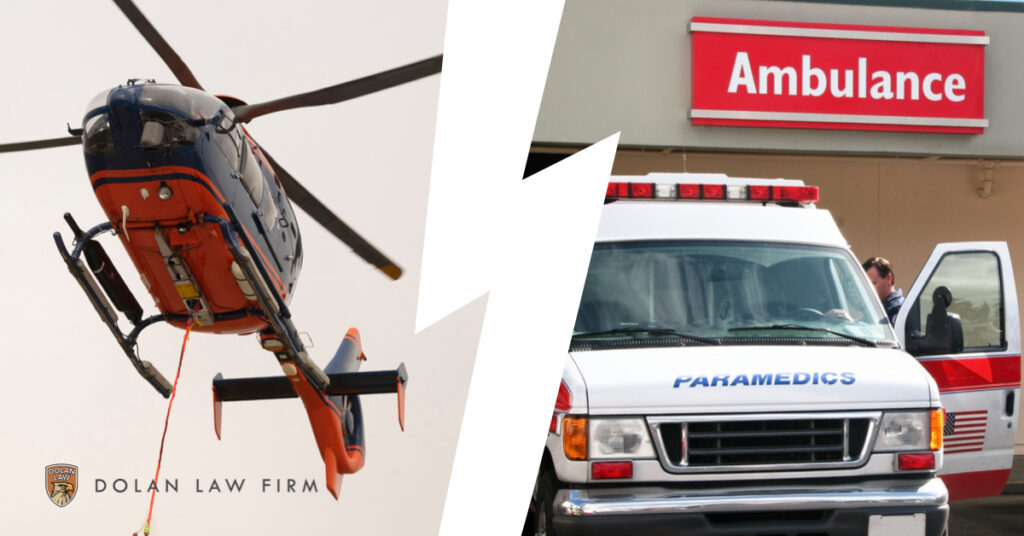May is Bike Month
Written By Chris Dolan and Megan Irish When we celebrate bike month, let’s thank the efforts of organizations across the Bay Area, like Bike East Bay, the San Francisco Bicycle Coalition, Fremont Freewheelers Bicycle Club and the Marin County Bicycle Coalition who make this happen! The San Francisco Bicycle Coalition is one of the oldest …






